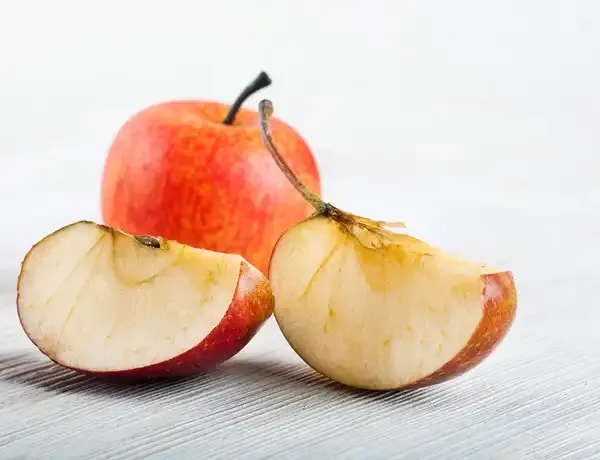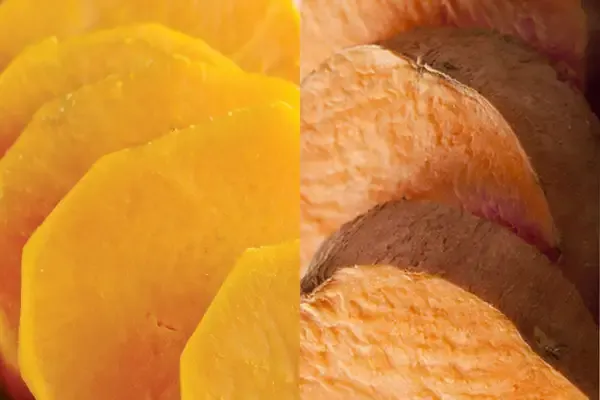- Home >
- Pop
- > Fashion Trends
Why Do Sliced Apples Turn Brown?
Sliced apples turn brown due to a process called enzymatic browning, where exposure to oxygen activates polyphenol oxidase enzymes, leading to the oxidation of phenolic compounds. This results in brown pigments that can affect the fruit's appearance and taste. Similarly, cities often acquire nicknames based on their unique characteristics or historical significance. For instance, New York City is famously known as "The Big Apple," reflecting its status as a major cultural and economic hub, while other cities have their own intriguing stories behind their monikers.

Sliced apples are a common snack, enjoyed for their crisp texture and sweet flavor. However, one of the most frequently encountered issues with sliced apples is their tendency to turn brown shortly after being cut. Understanding the science behind this process can help in finding ways to prevent browning and keep apples looking fresh for longer.
What Causes Sliced Apples to Turn Brown?
The browning of sliced apples is primarily due to a chemical reaction known as enzymatic browning. When an apple is cut, its cell walls are damaged, releasing enzymes such as polyphenol oxidase (PPO). These enzymes react with oxygen in the air, leading to the oxidation of phenolic compounds in the apple. This reaction produces brown pigments called melanins, which are responsible for the discolored appearance of the fruit.
The Role of Oxygen in Browning
Oxygen plays a crucial role in the browning process. When apples are sliced, the exposed areas come into contact with oxygen, triggering the enzymatic reaction. The more the apple is exposed to air, the more significant the browning becomes. This is why it is essential to consider how to minimize exposure to oxygen when preparing sliced apples.
Factors Influencing Browning
Several factors can influence the rate at which sliced apples turn brown. These include:
| Factor | Effect on Browning |
|---|---|
| pH Level | Lower pH levels (more acidic) slow down browning. |
| Temperature | Higher temperatures accelerate the browning process. |
| Exposure to Air | Increased exposure leads to faster browning. |
| Variety of Apple | Some apple varieties brown faster than others. |
Preventing Browning in Sliced Apples
Fortunately, there are several methods to prevent or slow down the browning of sliced apples. Here are some effective techniques:
1. Use Acidic Solutions
Applying a solution with a low pH can inhibit the activity of the browning enzyme. Common acidic solutions include:
- Lemon Juice: The citric acid in lemon juice is effective in slowing down browning.
- Vinegar Solution: A mixture of vinegar and water can also be used.
- Commercial Anti-Browning Agents: Products containing ascorbic acid (vitamin C) can be effective.
2. Minimize Air Exposure
Reducing the exposure of sliced apples to air is crucial. Here are some ways to achieve this:
- Seal in Airtight Containers: Store sliced apples in airtight containers to limit oxygen exposure.
- Plastic Wrap: Covering sliced apples with plastic wrap can create a barrier against the air.
- Submerge in Water: Keeping sliced apples submerged in water can help protect them from air.
3. Refrigeration
Keeping sliced apples in a cool environment can slow down the enzymatic reaction. Refrigeration is an excellent method to maintain their freshness.
4. Choose the Right Apple Varieties
Some apple varieties are more resistant to browning than others. For example, Granny Smith apples tend to brown slower than Red Delicious apples. Choosing varieties known for their resistance can aid in reducing browning.
Conclusion
While the browning of sliced apples is a natural process caused by enzymatic reactions, it can be controlled through various methods. By understanding the science behind why sliced apples turn brown and implementing preventative measures, you can keep your apples looking fresh and appetizing for longer periods. Whether you're preparing a snack for yourself or serving apples at a gathering, these tips can help maintain their vibrant color and delicious taste.












